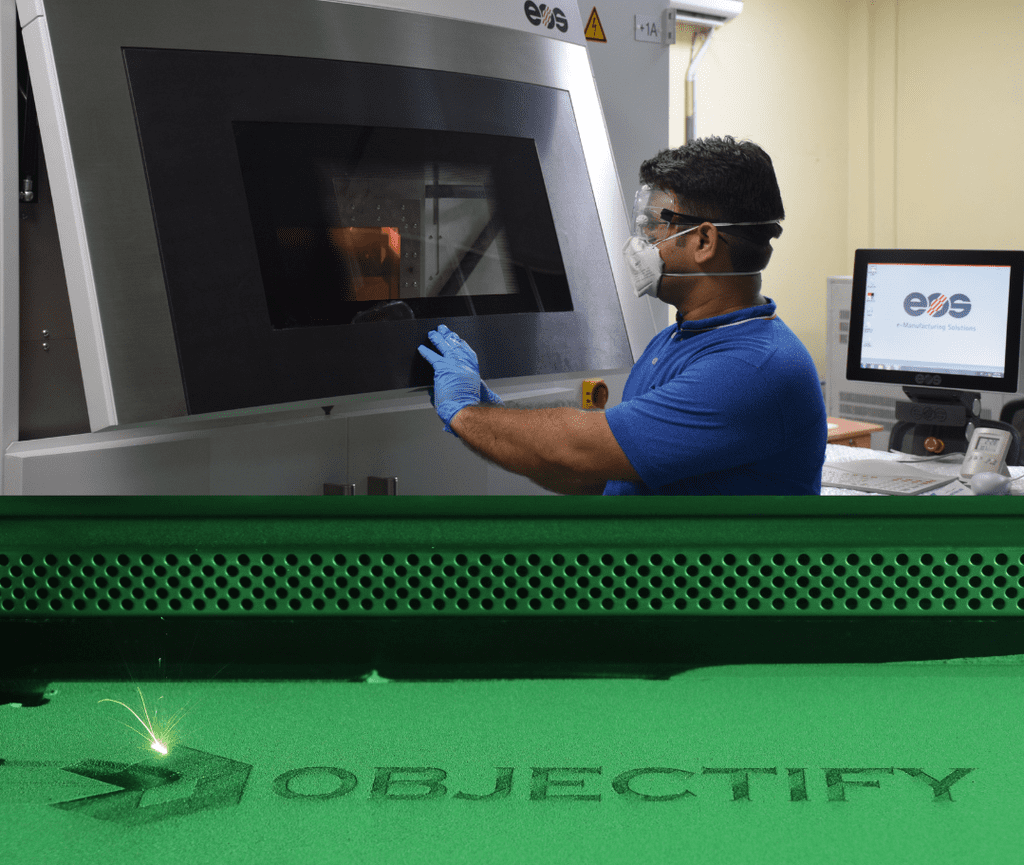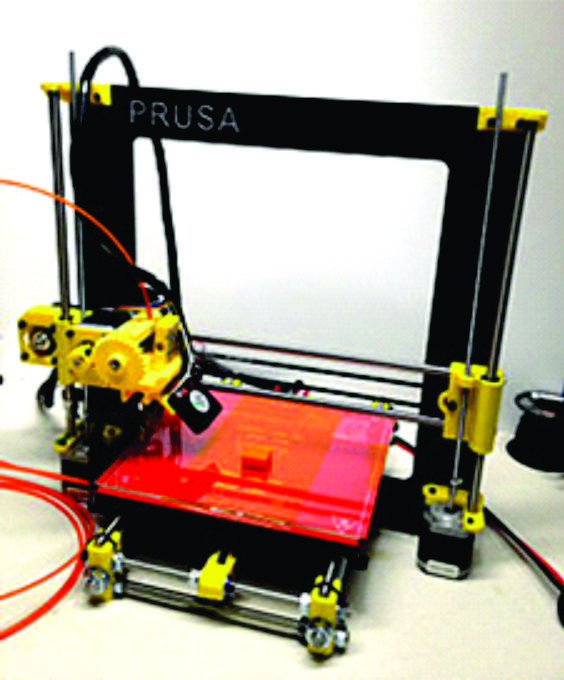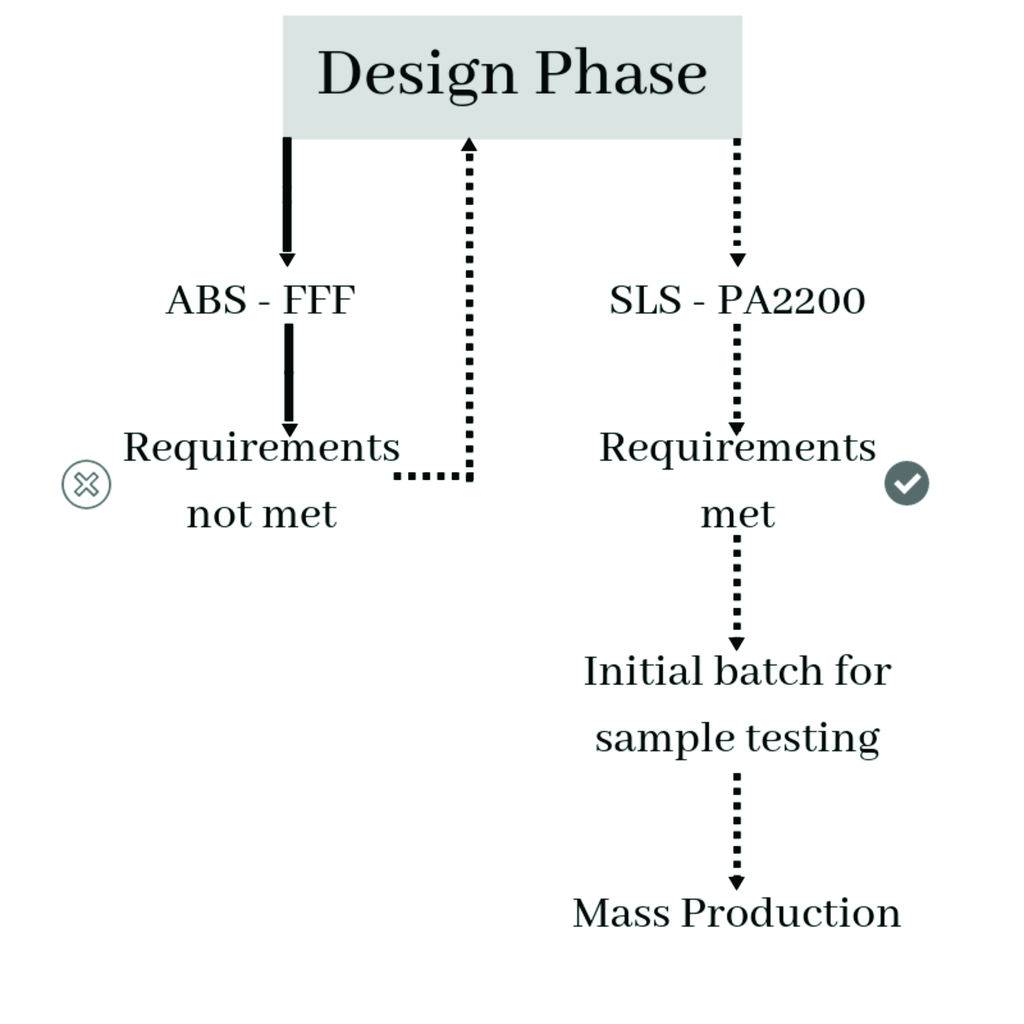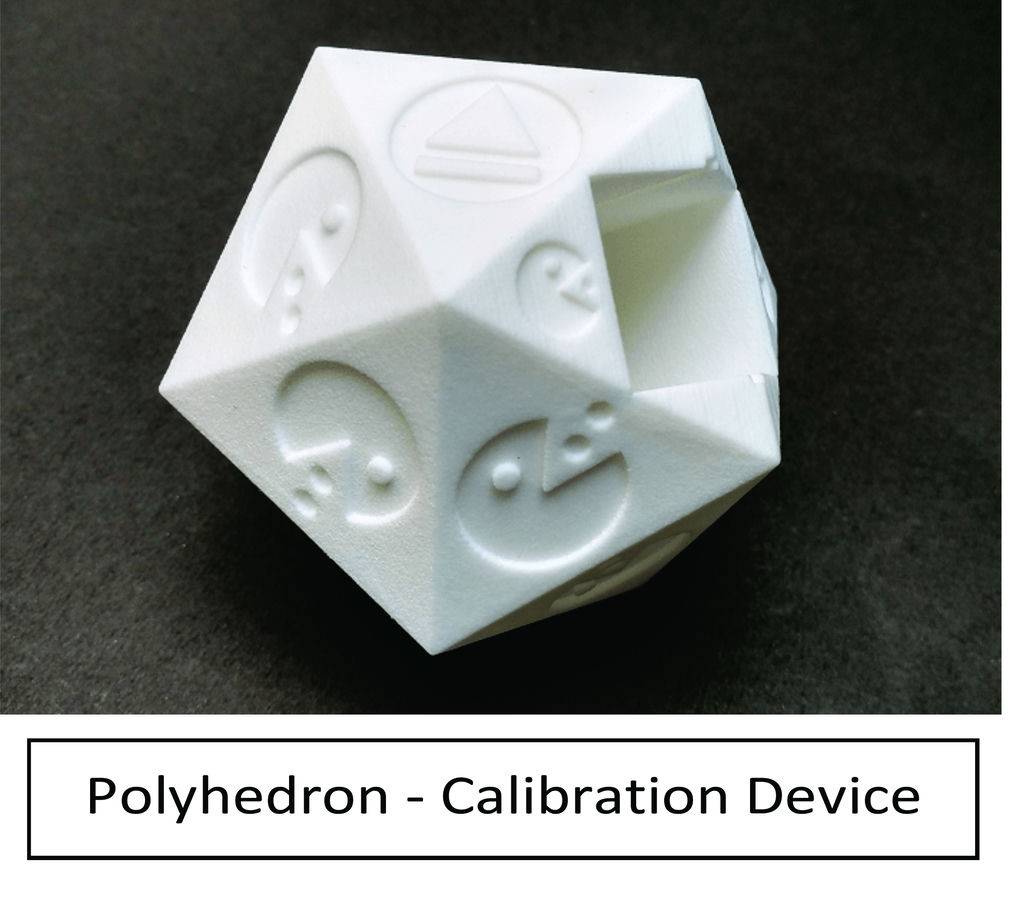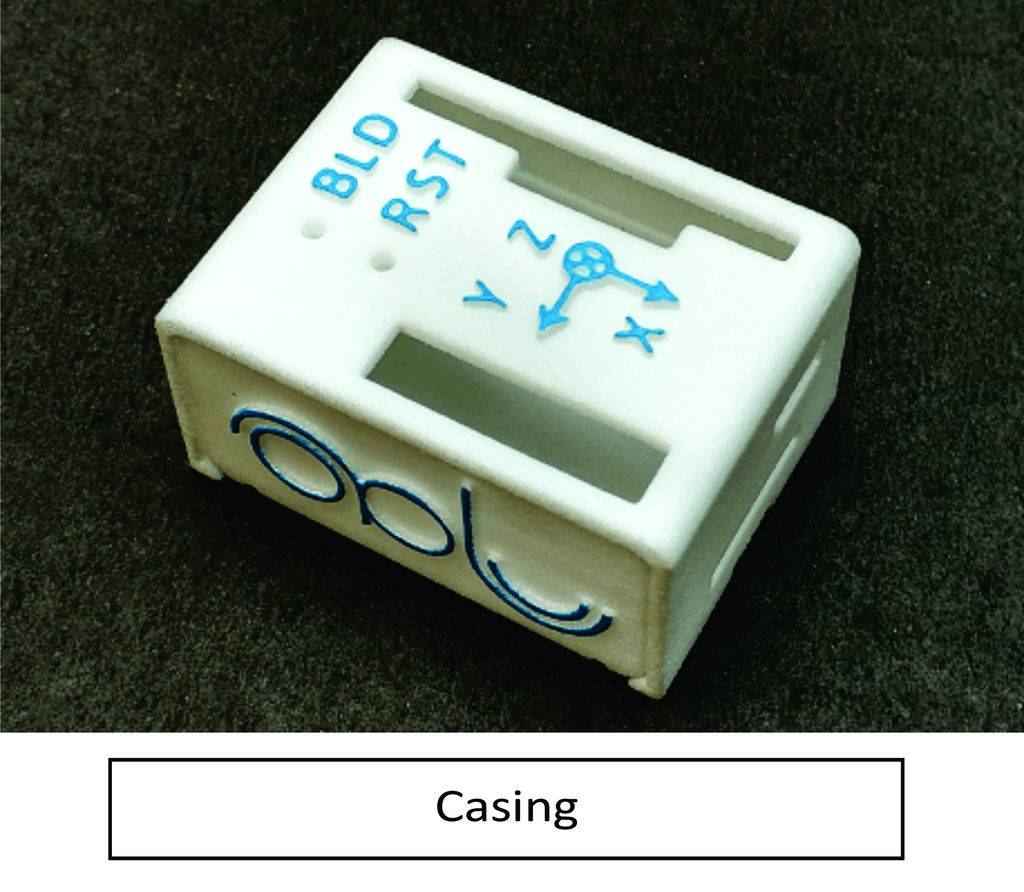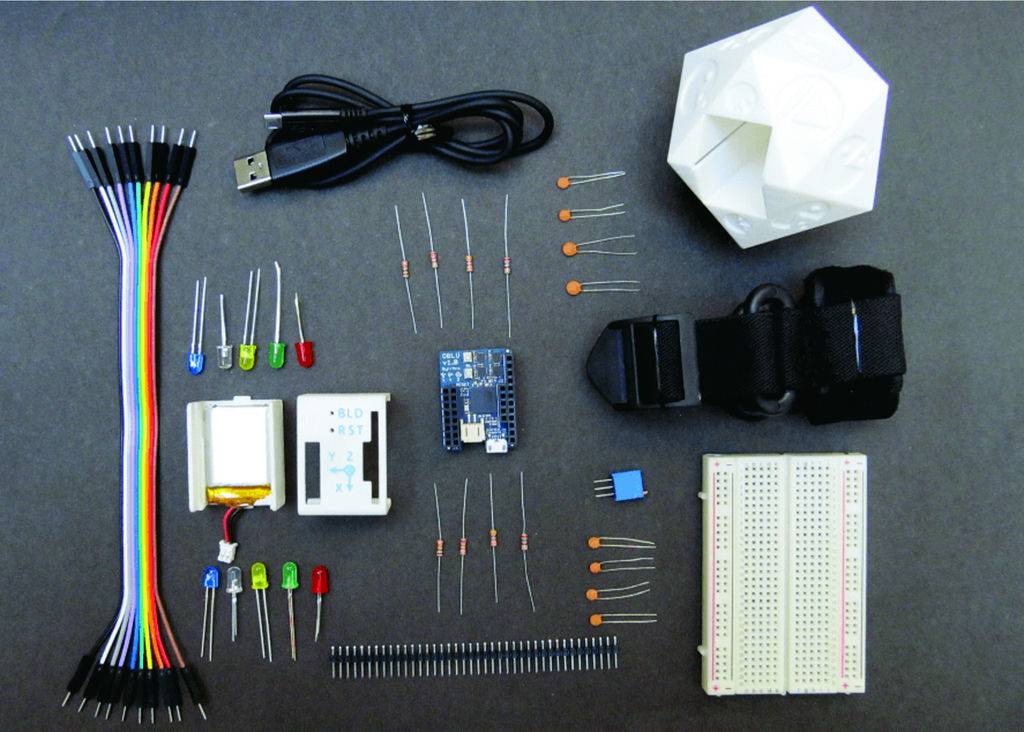Objectify Technologies Pvt. Ltd., Delhi, was founded in 2013 at SIIC, IIT Kanpur. Being, India’s first metal and polymer solution provider under one roof, Objectify offers services with Direct Metal Laser Sintering, Selective Laser Sintering, Vacuum Casting and CNC Machining. It also offers the best design solutions that give customers a competitive edge in their markets.
Objectify Technologies and GT-Silicon started off almost at the same time as IIT-Kanpur incumbents. Envision as the market leaders in two domains in leading and futuristic technologies; Objectify with 3D-Printing and GT-Silicon in IoT wearable, Objectify and GT-Silicon have supported each other to realize the future of their respective organizations. Being the first client for Objectify, Mr. Amit K Gupta, Founder of GT Silicon and Mr. Ankit Sahu, Director at Objectify Technologies, installed values for respective organization in this project. A collaborative effort was put into this project as it made Objectify rethink the 3D printing process and material of choosing.
Inertial Elements and ObluTM – the two major offerings by GT-Silicon have established a foothold in the Sensor Technology. With precision like no other, Oblu provides Pedestrian Tracking with their hardware expertise and proprietary software MIMUscope and Xoblu App for both Android and iOS. Offering STEM students, makers, navigation researchers, hobbyists and entrepreneurs to innovate and explore motion sensing, Oblu had all but one quandary. “If you want to sell a finished product, the electronics isn’t enough as the packaging creates branding for the customers to relate to rather than the inner workings,” said Amit K Gupta. This is where Objectify got working. A simple yet necessary step to ensure aesthetics and design of the exterior help Oblu attract the masses as well as be functional.
With the use of Selective Laser Sintering (SLS) technology, Objectify created a precise enclosure which allows the working of the Motion Tracker and Calibration Device keeping the aesthetics in mind.
GT-Silicon, with its offering, Oblu and Inertial Elements has strived to make an integrated motion sensing system which uses a mix of Arduino board and Sensors enabling IoT to the masses and encouraging innovation. The primary housing was then designed and printed in ABS – FFF (Fused filament fabrication) using FDM (fused deposition modelling). This resulted in a rather coarse and unfinished outcome. It wasn’t acceptable and hence it was time to get back to re-evaluating other technologies.
Objectify started off with FDM machines and this project led to understanding the need to have a better technology in place to ensure the roughness, aesthetic and production criteria are met. The whole design was realized by using a better 3D Printing method, SLS (Selective Laser Sintering). SLS uses a laser to sinter powder (typically nylon/polyamide), a roller sets to move the powder as the bed shifts slightly down for the next layer to be sintered. Thus, making the part.
This is just one of many 3D printing techniques which follow various principles of combining material both for metal as well as plastic. For this particular project, SLS was the best option as ABS-FFF didn’t do justice for the same “We at Objectify found the key pain points with the design, we did our primary iteration with FDM-FFF but due to the lack of precision in the final product, we decided to shift to SLS as it produced a more robust and precise structure.” said Ankit Sahu, Managing Director, Objectify Technologies.
GT Silicon being a forerunner in leading IoT Tracking system, started off by providing Oblu for DIY community. Thus, an initial order was placed to help the DIY community receive their own Oblu. “Looking at the initial time we planned for launch and the volume at stake, 3D Printing was the best option at that point of time” added Amit K Gupta, Founder GT Silicon.
Initially Objectify provided ABS made Polyhedron using FDM technology which wasn’t satisfactory as per requirements, “The finish is extremely important, as it was meant for calibrating the sensor and there must be smooth surface and the angle must be well defined.” added Amit K Gupta, Founder GT Silicon. Hence, Objectify decided to move to SLS which helped in fulfilling the initial order keeping all measurement and precision criteria in line with the product.
“The ABS activity was a good crude exercise to realize the potential of 3D Printing, as it enabled us to understand the technology to be used. Through much design changes, SLS seemed a justified choice to go forward with.” said Ankit Sahu, Managing Director, Objectify Technologies.
The Polyhedron is a SLS printed 20-faced polyhedron (Icosahedron) can house Oblu to perform IMU array calibration. The “IMU array calibration method” estimates inter IMU misalignment and the gain, bias, and sensitivity axis non-orthogonality of the accelerometers. And correspondingly, there is calibration compensation in the embedded software.
Material: Nylon (PA 2200) Dimensions: 66.4 x 66.4 x 66.4 mm3 Weight: 200 gm
The electronic Casing is also a SLS printed snap-fit casing for Oblu. It has openings to access USB connector, berg-connectors and switches. The casing houses Oblu PCB and a 500 mAH Li-poly battery. It comes with two mounting holes in the base to support M3 screws with CSK heads. The casing enables easy testing of any wearable sensing idea realized using Oblu.
Material: Nylon (PA 2200) Dimensions: 40 x 29.7 x 21.6 mm3
Courtesy: Oblu DIY Kit
The primary pain points to be taken care of were:
- Productivity
- Surface Roughness
- Aesthetics
- Timeline
Switching from ABS-FFF to SLS solved all those issues at one go. The productivity was massively increased with negligible surface roughness of 0.13 μm (after sand blasting) resulting in smother edges and better aesthetics, easing the calibration process for the Polyhedron.
The 3D printer used for the builds was EOS P 396 (image), feeding CAD data directly into the machine. EOS P396 is a modern marvel with a build speed of 48mm/hr and a bed size of 340 x 340 x 600 mm, all backed with a powerful 70 W CO2 laser. It took 3 days to get the first batch of 200 pieces to be built and delivered.
Looking Forward
Objectify has always helped in accomplishing futuristic ideas and innovations. IoT and 3D Printing work well when it comes to geometric intricacies, packaging and casing. Not only helping researchers and hobbyists use the full potential of Rapid Prototyping but helping in design expertise and Topology Optimization.
“Being an unconventional manufacturing service with limitless possibilities, Objectify helps industrialists understand the benefits of Additive Manufacturing in their daily production practices. With the possibility to generate multiple iterations of the same design ensures the right product reaches the masses.” concluded Ankit Sahu, Managing Director, Objectify Technologies.

